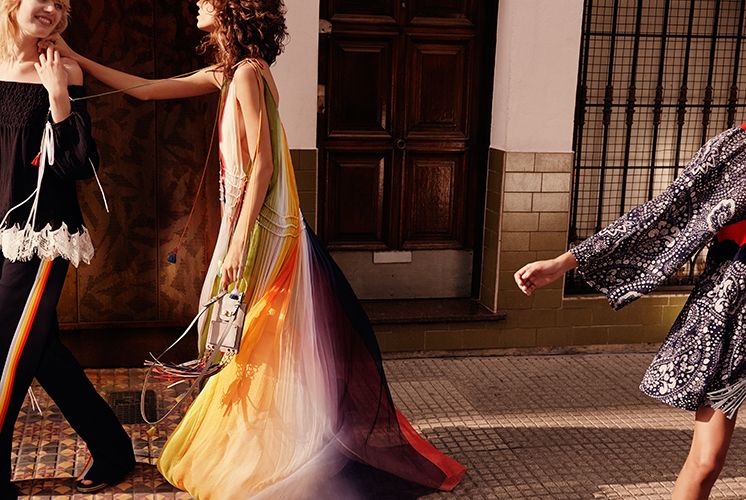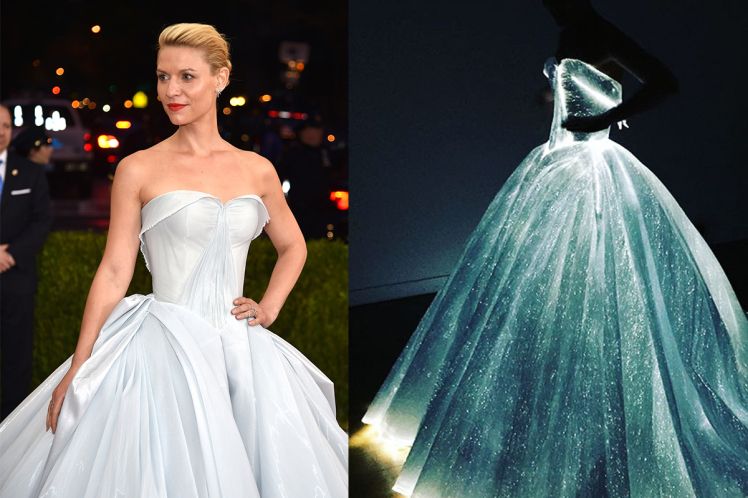WITH STATISTICS SHOWING THAT 67% OF MILLENNIALS AND 56% OF GENERATION X PREFER TO SHOP ONLINE, UNDERSTANDING THE MIND OF THE ONLINE SHOPPER IS INCREASINGLY MORE IMPORTANT.
AS CUSTOMER DATA IS BEING ANALYSED TO THE MINUTIA, WHAT ELSE DO WE KNOW ABOUT THE ONLINE SHOPPER THAT MIGHT INFLUENCE BUYING HABITS?
Those who spend more time on social networks are more likely to make impulsive online purchases: these customers are likely to be more consumerist and have a higher level of identity confusion.
Unsurprisingly, impulse purchases are also driven by promotions and sales. As the total amount spent on other items increases, customers are more likely to add an impulse buy to their basket – like point-of-sale displays in physical stores.
More interestingly though, website design also plays a part; a more aesthetically pleasing website is more likely to encourage impulse purchase behaviour.
To encourage impulsive buying:
- ensure that your website is easy to use
- has a clear user journey
- loads quickly
- features tailored communications to highlight customer service and customisation.
These factors are task-relevant, meaning they help customers find what they’re looking for more efficiently and increase the likelihood of a purchase.
The colour of your website can have subtle influences on your users’ experience, especially through the use of blue.
Blue hues tend to increase ‘flow experience’ – a combination of website enjoyment and concentration – in comparison to yellow hues.
Research has also found that blue hues can increase customer patronage regardless of product price, whilst red hues make customers more price sensitive due to the connotation with ‘sales’ and discounted pricing; this finding is stronger for bright red backgrounds then dark red backgrounds.
A high priced item on a red hued background carries connotations of high monetary sacrifice, whilst on a blue hue the connotation is of high quality, regardless of the shade of blue.
Visitors to sites that allowed them to interact with products came away with a more positive view of the brand, a 2016 study discovered. This is especially true for luxury brands, where customers can’t touch and feel the product as they would in a physical store.
By integrating 360 degree views, detail zooming and the ability to switch between colours, prints and alternatives, you can replicate the sensory experience a customer would have in store.





